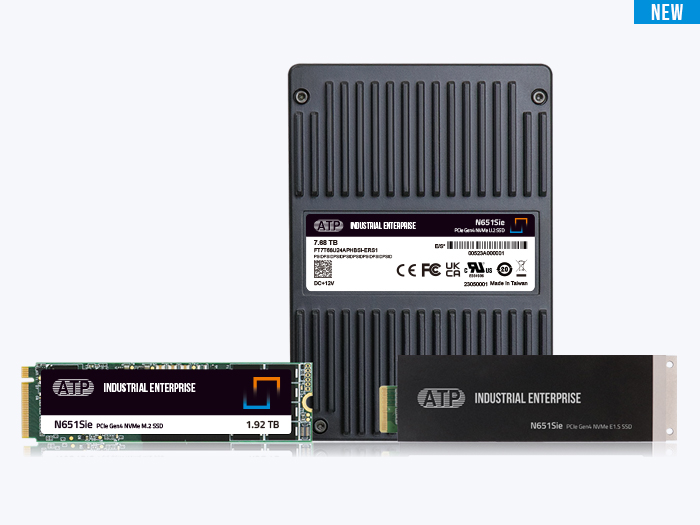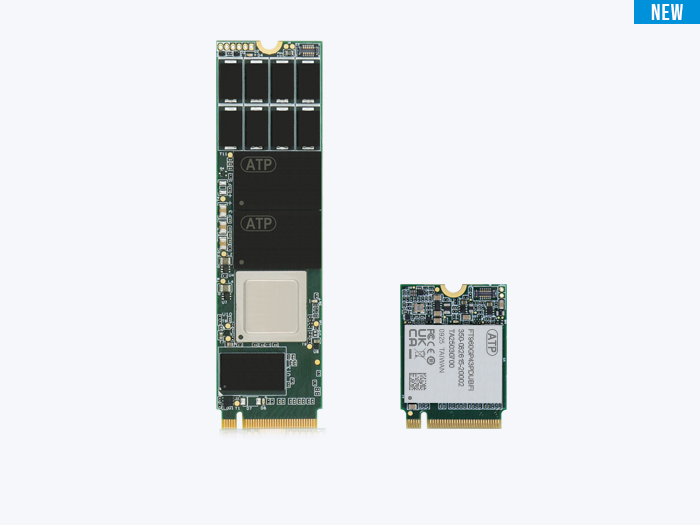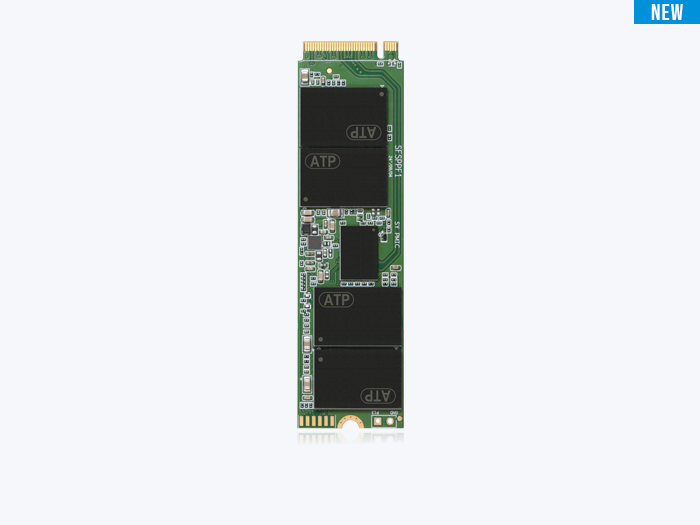Imagine running a bakery during the morning rush hours. People are in hurry to get their favorite bread and cup of coffee before going to work. They arrive with different orders and at different levels of urgency. Some want a bagel, others want croissants, while others want sandwiches. Not to mention, there are online orders that also need to be attended to. The line starts to get longer, and your team is working diligently to make sure all orders are met on time.
By 10 AM, the peak rush hour begins to wane, and workers can start to relax a bit before hurrying to prepare for the next deluge of orders for lunch.
How Does a Storage Device Get Used in the Real World? Lessons from a Bakery
The above scenario depicts a perfect analogy of what actually happens within the SSD, where the overall daily activities of the business can be likened to the “payload.” The variety of order sizes, customers, and activities perfectly mirrors the complexities of data payloads.
Key Payload Elements
Real-world payloads consist of multiple factors that determine how data flows through a system. These factors are critical to understanding and testing a device’s performance.
The Importance of Payload-Centric Testing
Some SSDs perform well with large-file sequential transfers, high concurrency, and lots of idle time, but might fail under small, random file writes with no breaks, which are typical of a database workload.
Just as a business like a bakery plans its operations and allocates resources according to real-world scenarios in consideration of customer orders and business capacity, payload-centric testing aims to replicate workloads as realistically as possible, with the following goals:
- Accurately measure sustained performance across diverse input/output (I/O) patterns
- Gain reliable insights into endurance and reliability during extended use
- Detect potential bottlenecks and degradation that only appear under realistic operating conditions
Key Considerations for Realistic Payload-Driven Testing
Traditional SSD benchmarking tests are usually performed under ideal conditions. They offer useful insights into SSD performance but should be complemented by other tests that take into consideration other factors that are beyond the SSD itself, such as processor, network, or system bottlenecks.
Here are a few considerations in creating a testing plan that closely resembles realistic payloads:
- Use Standards-Based Testing. Use guidelines such as JESD219 enterprise workload profiles to simulate workloads based on recognized real-world application profiles.
- Analyze Target Application Workloads. Identify the expected I/O characteristics in terms of file sizes, read/write mixes, and concurrency requirements based on real usage data.
- Model Complex Payloads. Define workloads with varied block sizes, queue depths, and read/write ratios to replicate.
- Identify Traffic Patterns. Determine idle intervals and bursts similar to actual business cycles.
- Use Long-Duration Stress Testing. Evaluate performance consistency, reliability, and endurance over time.
- Select Suitable Benchmarking Tools. Use benchmarking configurations that produce and measure complex workloads as close as possible to real-life usage.
- Assess Performance Metrics Realistically. Focus on sustained throughput, consistent latency, error rates, and endurance indicators.
Source : JEDEC
By focusing on payload-centric performance testing, SSDs are validated against the suitable workload types that customers actually experience. Device capabilities are assessed based on insights that may also uncover limitations that may be invisible in peak-only performance benchmarks, thus leading to initiatives in product improvements. Payload-centric testing builds confidence that the devices will deliver reliable performance over their lifespan under actual usage conditions.
How ATP Ensures Accurate Testing with Simulation of Real-World Payloads
ATP Electronics is committed to making sure that the SSDs customers get do not only look good on paper or on specification sheets. ATP can perform extended testing under conditions that simulate real-world workloads and stresses to ensure that the SSDs perform reliably within or even beyond their projected lifespan under the harshest operating conditions. Key elements of ATP’s exhaustive, rigorous approach include:
- Non-Negotiables: Prime ICs/KGD, RDT
Prime integrated circuits, (ICs), known good die (KGD), and ATP Rapid Diagnostic Test (RDT) are at the core of ATP’s reliability promise. ATP RDT identifies and screens out weak NAND flash blocks, screening 100% of every device and examining all areas of the drive, including firmware, user area, and spare area.
- Media/NAND-Level Testing characterizes and validates NAND behavior and reliability
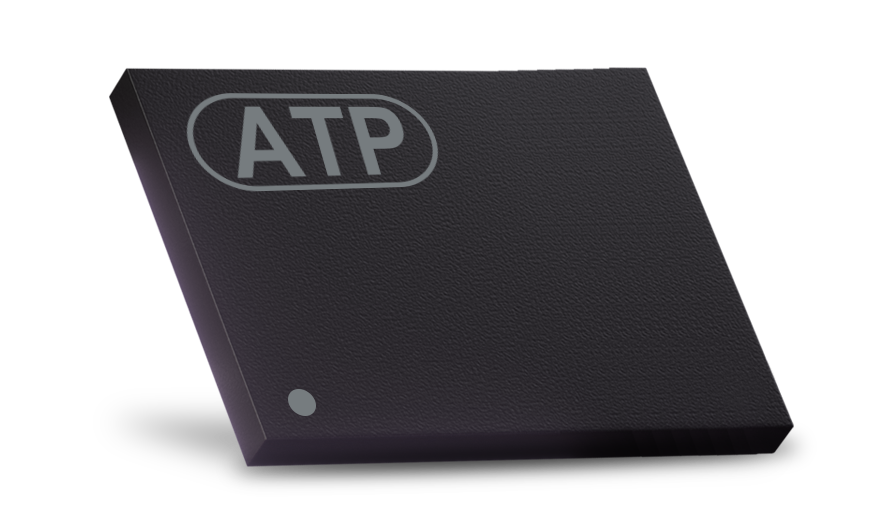
- Enhanced Performance Testing. Tests the SSD’s performance with various workloads, a mix of read and write operations, and sequential/random addressing.
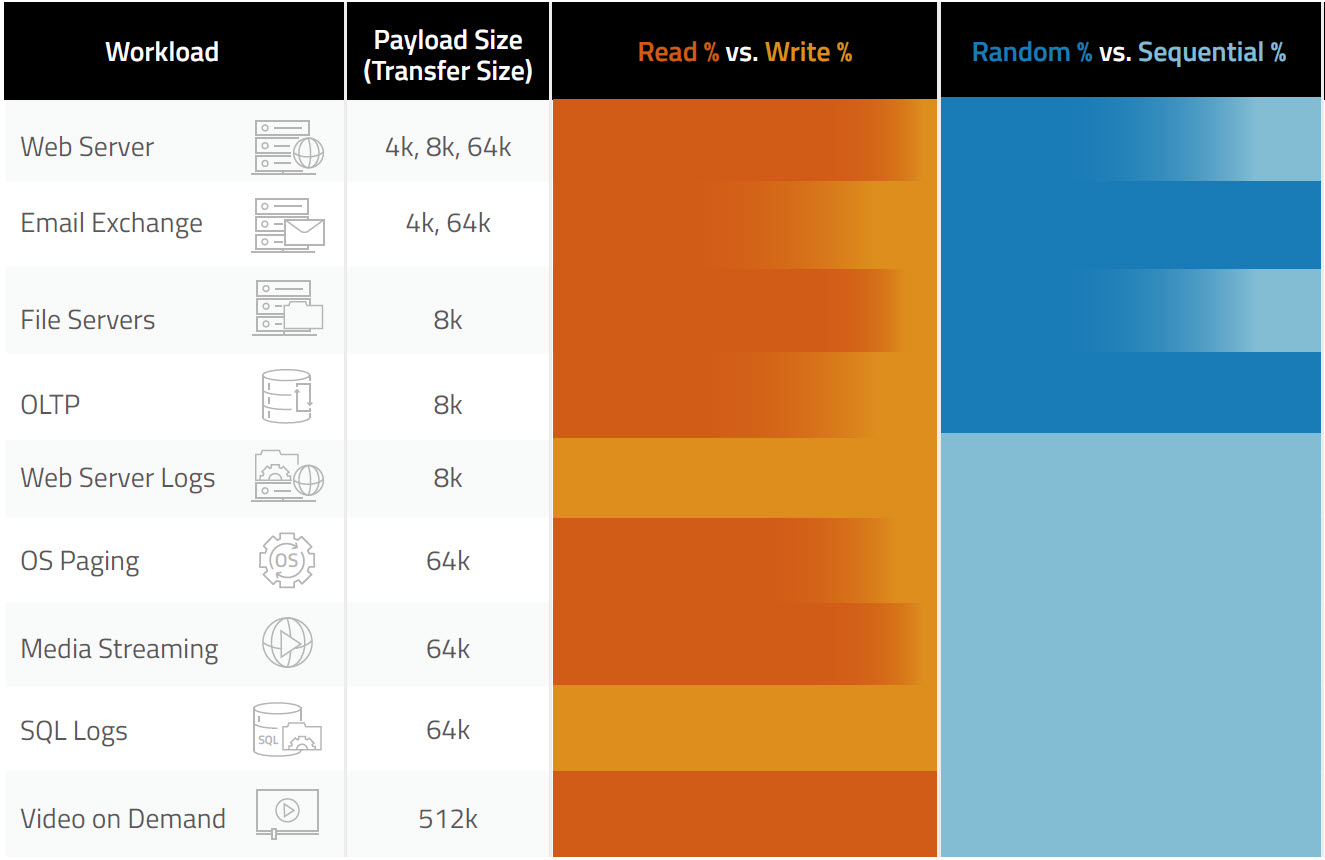
For detailed information on ATP’s validation and testing for embedded/industrial storage solutions,
visit Why Do Enterprise-Class SSDs Need Industrial-Grade Resilience?
Conclusion
SSD payloads may be likened to real-world business operations in their diversity, complexity, queue depth, concurrency, and other factors. While specifications and standard benchmarks do provide useful insights, they do not fully capture the range of real-world conditions that an SSD may encounter. It is therefore important to complement these benchmarks with other payload-centric testing to validate SSD performance more comprehensively.
Real-life workload scenarios can be extremely varied and exhaustive to replicate, so ATP Electronics approaches such detailed real-world scenario testing primarily on a project basis. By engaging directly and closely with customers, ATP can provide workload testing tailored to their needs, ensuring that SSDs deliver reliable performance that goes beyond just specification sheets and peak benchmarks.
Project-specific testing allows the testing team to focus on relevant payloads specific to the intended application, ensuring testing efficiency without compromising accuracy. The team gains deeper, actionable insights into the product's endurance and performance according to the customer’s unique conditions.
For further information on ATP products that perform exceptionally under diverse application payloads, ATP’s approach to realistic SSD testing, and to discuss project-based testing opportunities, please visit the ATP website or contact an ATP Representative.
